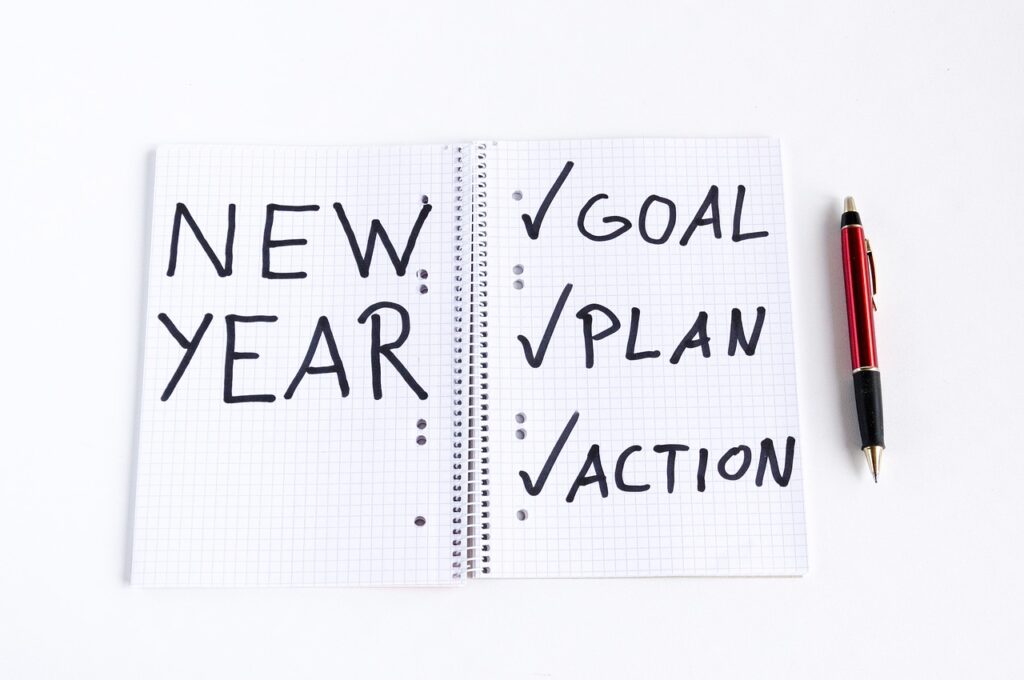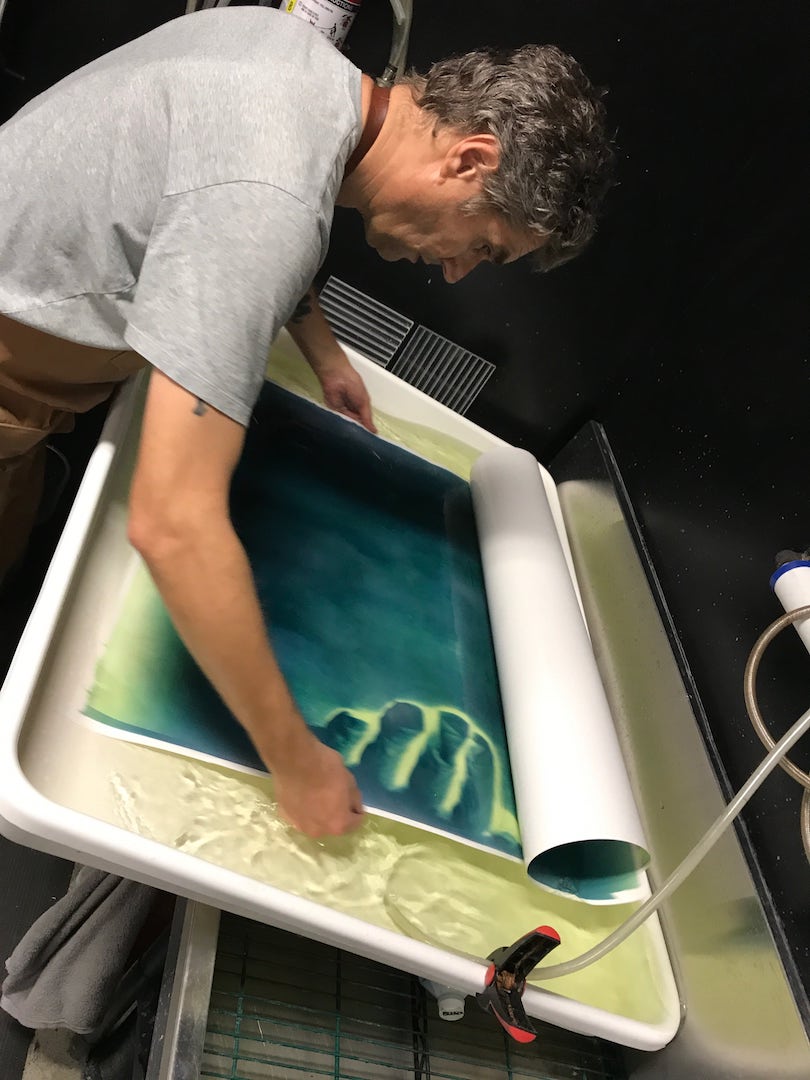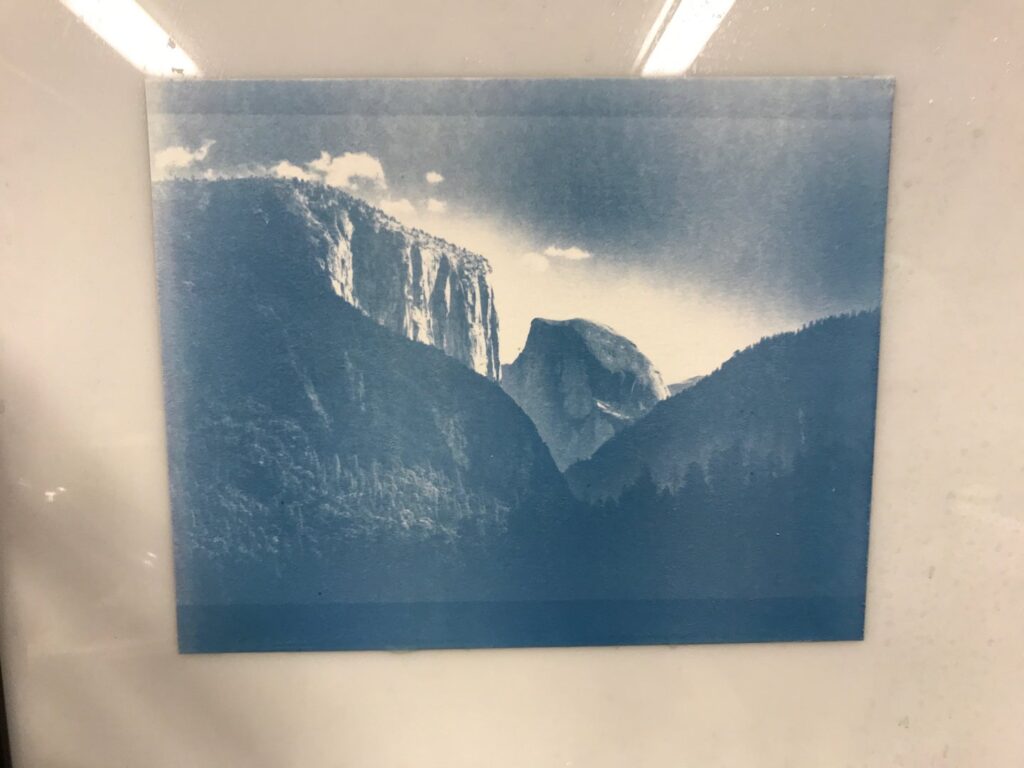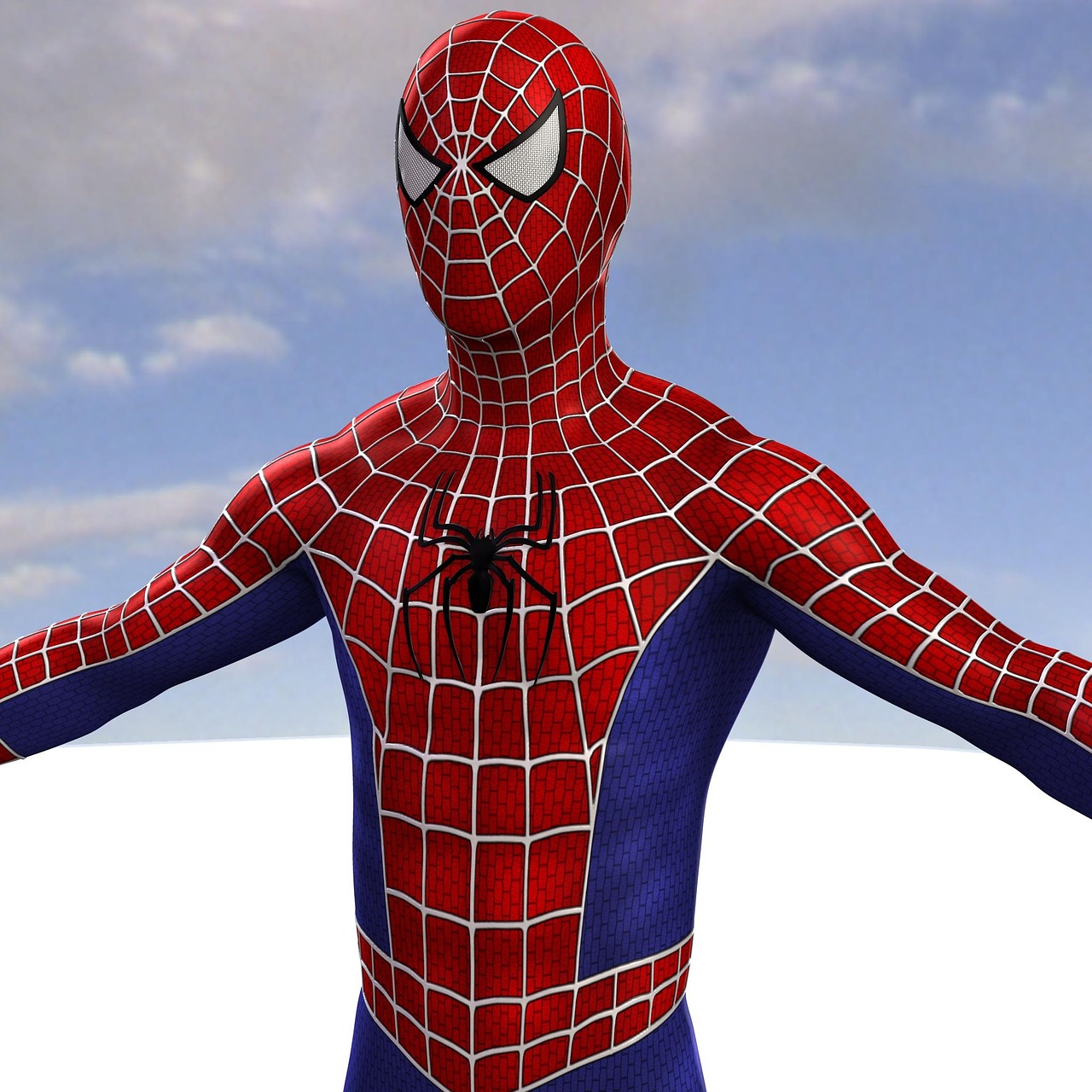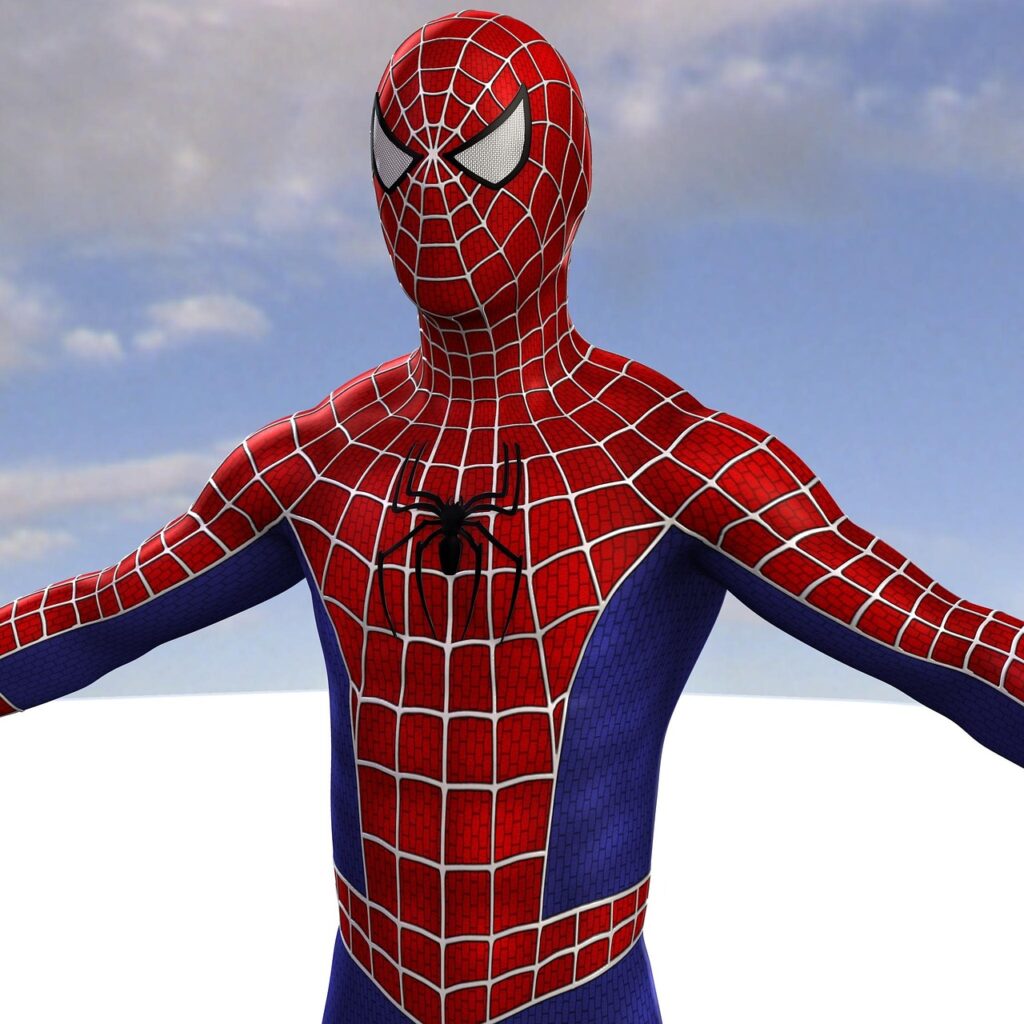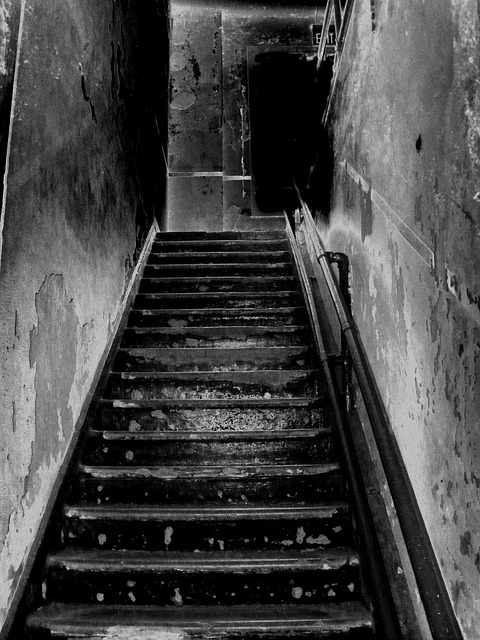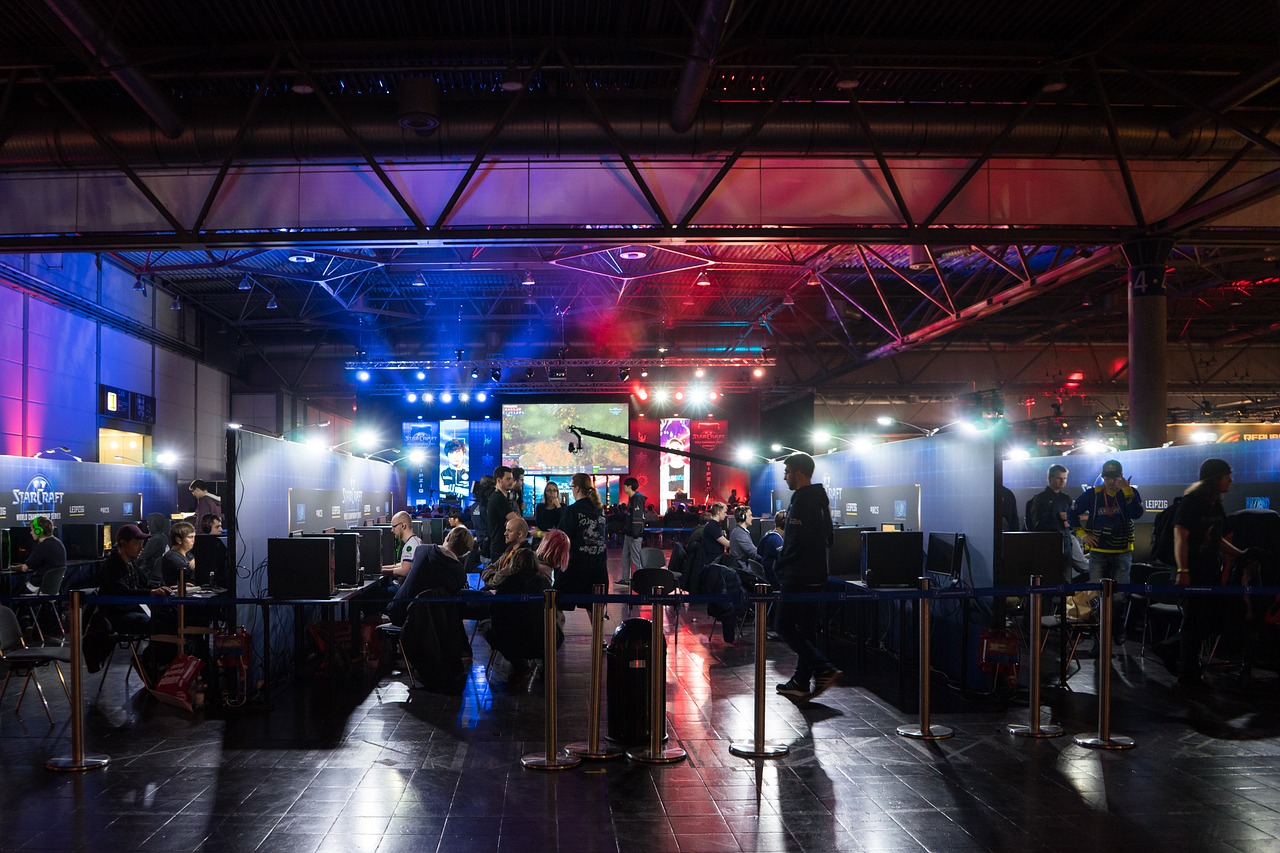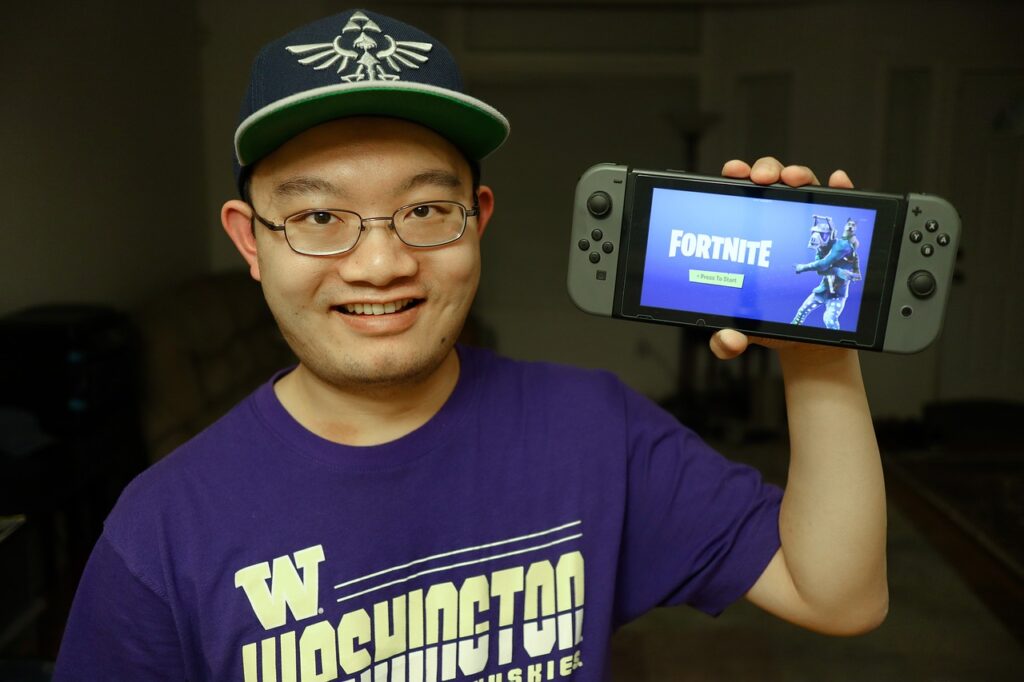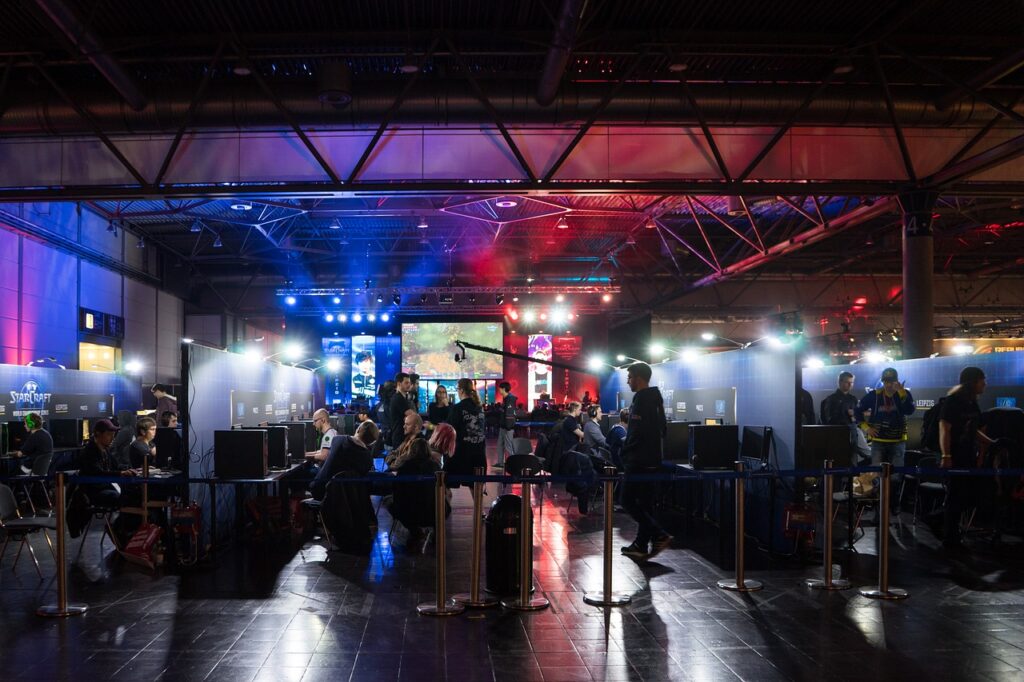The Academy of Motion Picture Arts and Sciences have announced the nominees for the 91st annual Academy Awards, to be given out during ABC’s televised ceremony on Sunday, February 24. The Oscars will cap off a months-long awards season featuring industry veterans, newcomers, and as always, endless debates about who deserves to go home with the golden statue.
New York Film Academy (NYFA) takes a closer look at this year’s nominees for Best Achievement in Directing:
BlacKkKlansman, Spike Lee
Lee has been a figure in American cinema since his 1986 feature debut, She’s Gotta Have It, which was adapted into a television series in 2017. Many of his films have examined race relations, urban life, political issues of the 20th and 21st centuries, and the role media plays in modern society. In 1983, Lee won the Student Academy Award, and has since been nominated for an Oscar five times, though this is the first time he’s been recognized for his Directing. BlacKkKlansman is up for Best Picture and stars John David Washington and Adam Driver as 1970s NYPD detectives exposing the Ku Klux Klan.
Cold War, Pawel Pawlikowski
Pawel Pawlikowski is a Polish filmmaker who has helmed several award-winning documentaries and feature films, including Ida, which won the Best Foreign Language Film Oscar in 2015. At the 2018 Cannes Film Festival, Pawlikowski won the Best Director prize his latest film, Cold War. In addition to Best Directing, Cold War is up for two other Oscars — Best Cinematography, and Best Foreign Language Film. Cold War is a period film loosely based on Pawlikowski’s parents, who fell in love and played music in Europe during the height of the Cold War between the Soviet Union and the West.
The Favourite, Yorgos Lanthimos
Greek filmmaker Yorgos Lanthimos has been making a name for himself since his 2009 film, Dogtooth, which was nominated for the Best Foreign Language Film Academy Award. His film The Lobster, starring Colin Farrell, was nominated for the Best Original Screenplay Oscar. His period dramedy The Favourite has generated a lot of buzz since its release, with ten Oscar nominations in total, including Best Picture and three Acting nods for its main cast of Rachel Weisz, Emma Stone, and Olivia Colman. Colman in particular has become a favorite for her leading role as Queen Anne.
Roma, Alfonso Cuarón
Alfonso Cuarón is no stranger to the Academy Awards, having ten nominations total and two wins to date, including Best Film Editing and Best Directing for his 2014 space epic, Gravity. His oeuvre has been varied throughout the years, including Great Expectations, Y Tu Mamá También, Harry Potter and the Prisoner of Azkaban, and Children of Men. Roma, a favorite in this year’s Oscars with 10 nominations, is a semi-autobiographical story set in the early 1970s and shot in stark black-and-white.
Vice, Adam McKay
Adam McKay has had an unconventional path to prestige filmmaking. The Philadelphia comedian failed his audition to be on Saturday Night Live but earned a spot on its writing staff and eventually became the show’s head writer. He had an instant chemistry with cast member Will Ferrell, and eventually wrote and directed several films starring the actor, including Anchorman: The Legend of Ron Burgundy, Talladega Nights: The Ballad of Ricky Bobby, and Step Brothers. His career moved to the next level with 2015’s The Big Short, which earned him the Academy Award for Best Adapted Screenplay as well as a nomination for Best Directing. His newest film, Vice, starring Christian Bale as former Vice President Dick Cheney, has eight Oscar nominations, including three nods for McKay.
Check out the New York Film Academy Blog after this year’s ceremony for a full list of the 2019 Oscar winners and losers!

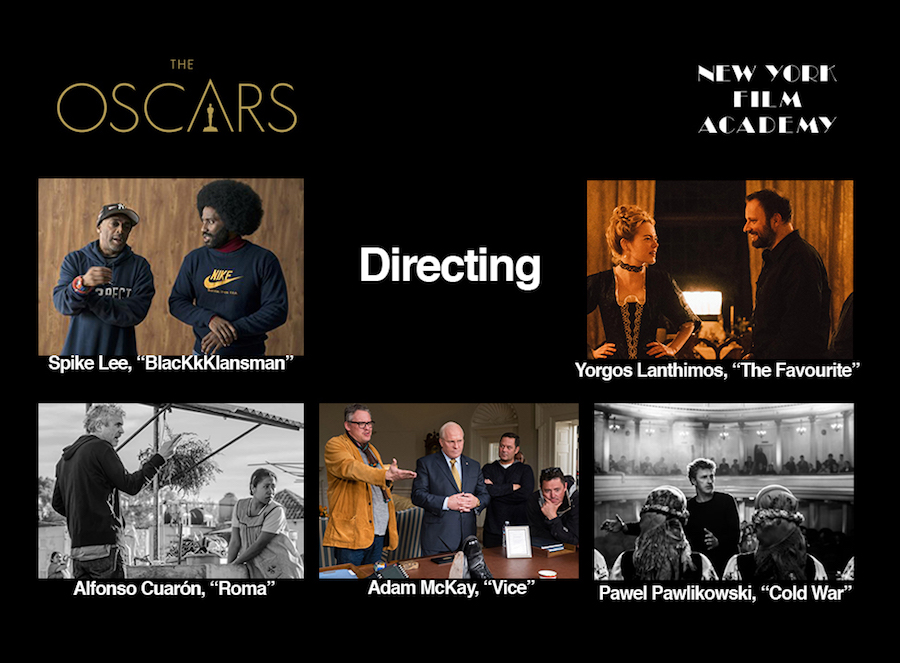
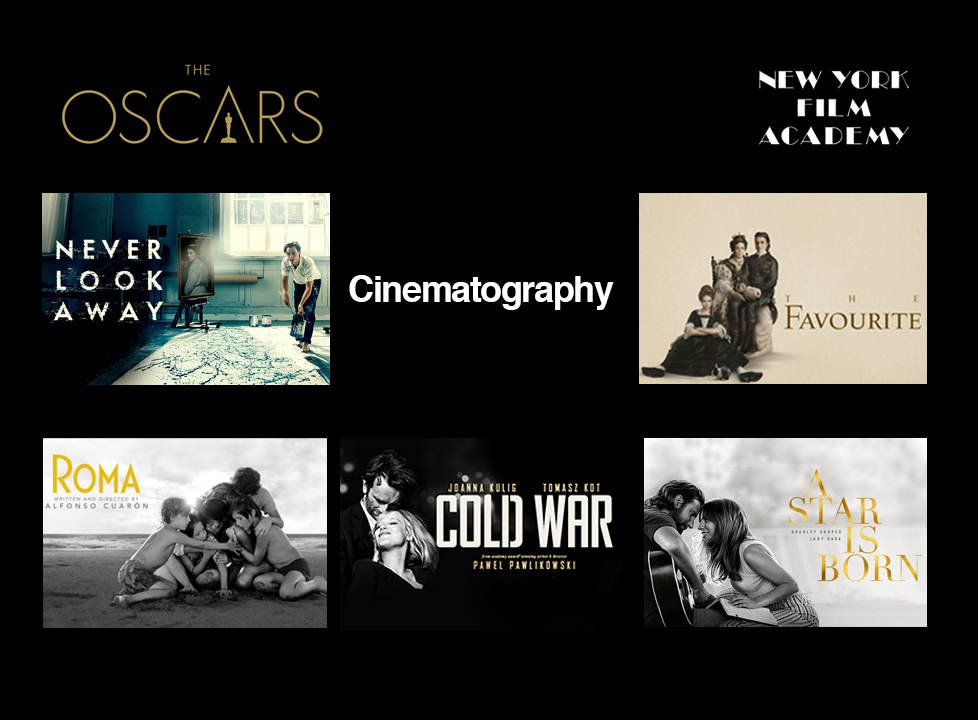
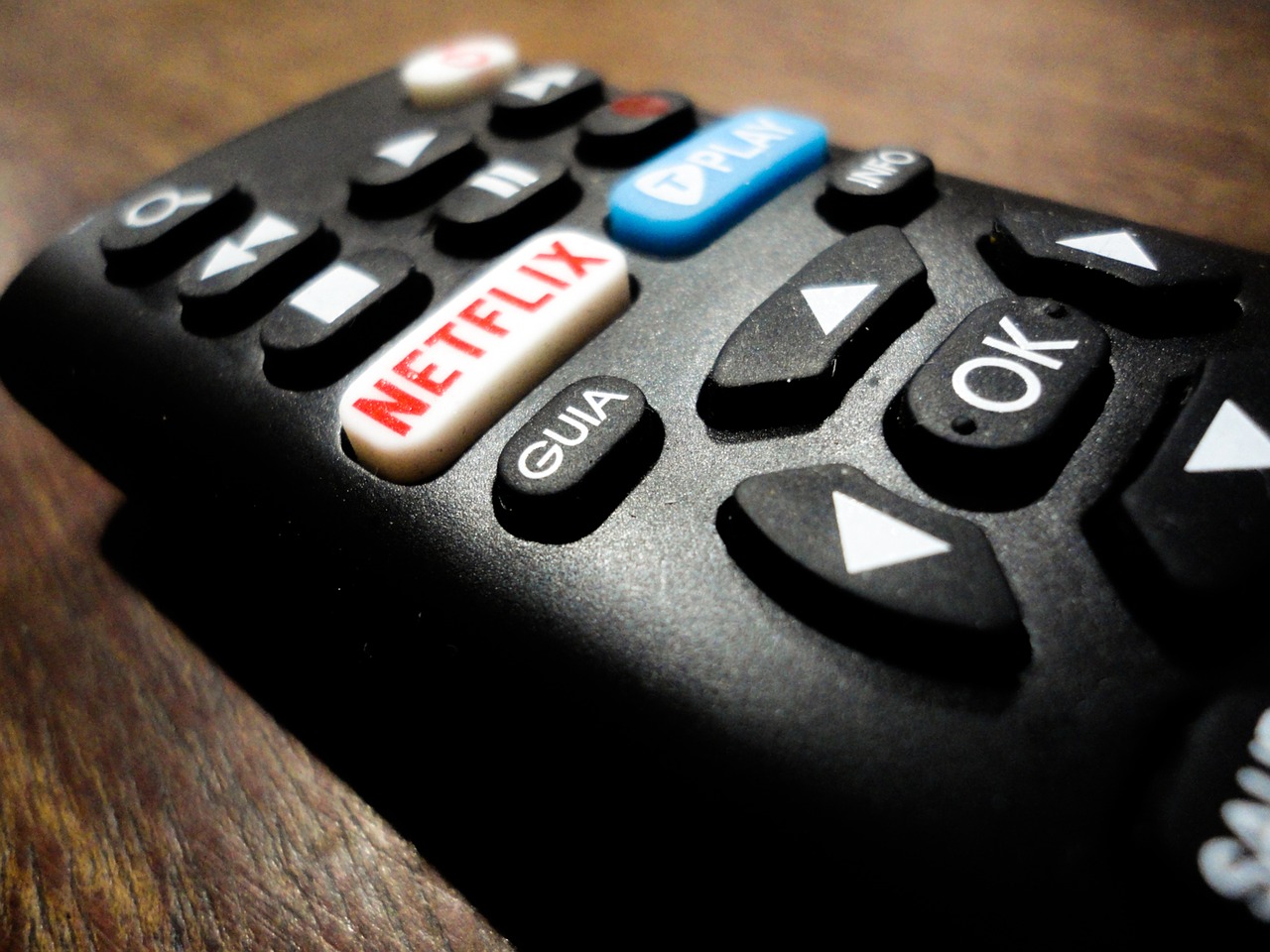
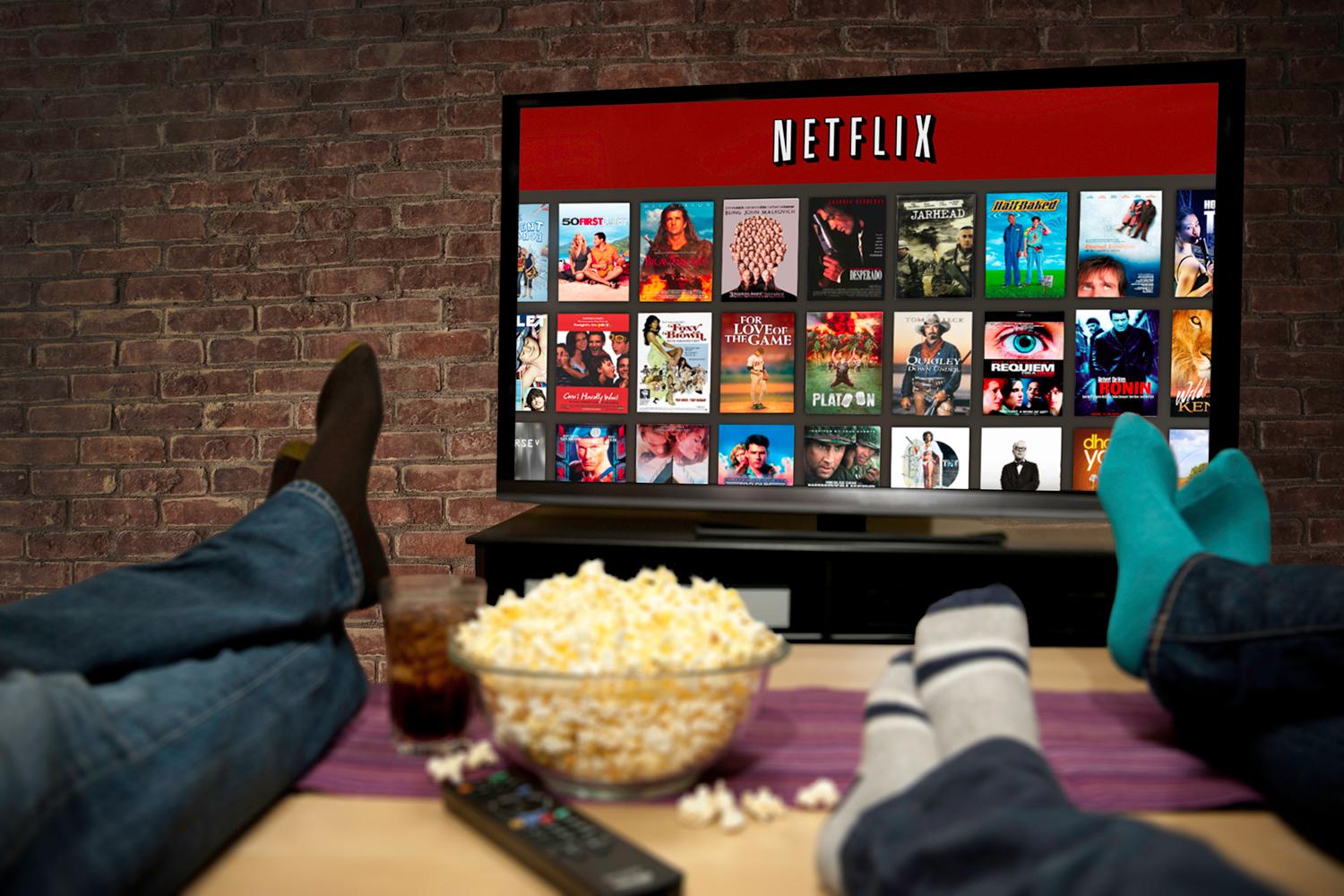
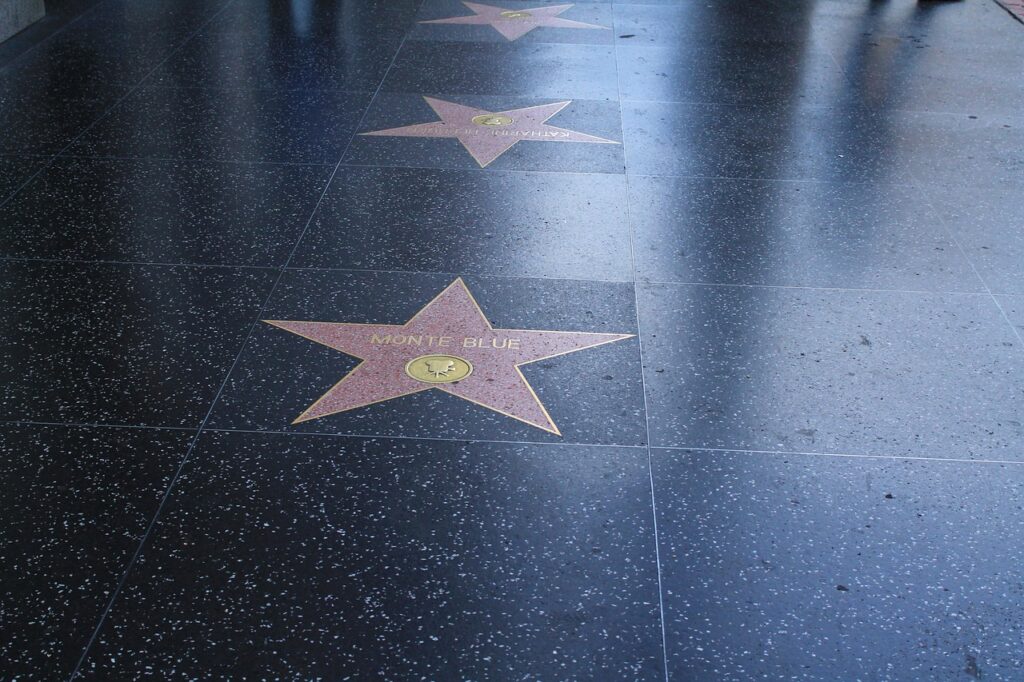 Noah Centineo
Noah Centineo

